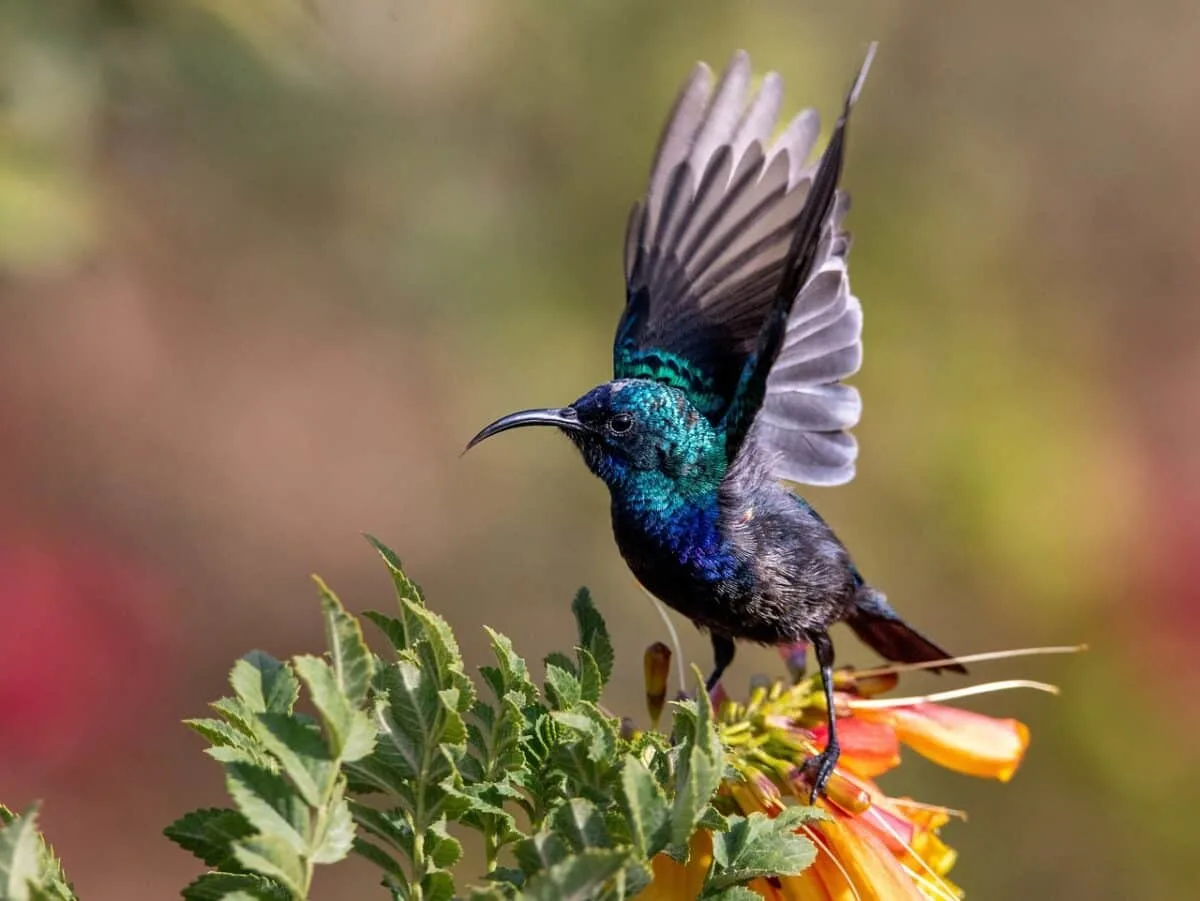The smallest bird in the world is the Bee Hummingbird. As the name suggests, it’s no bigger than a bee!
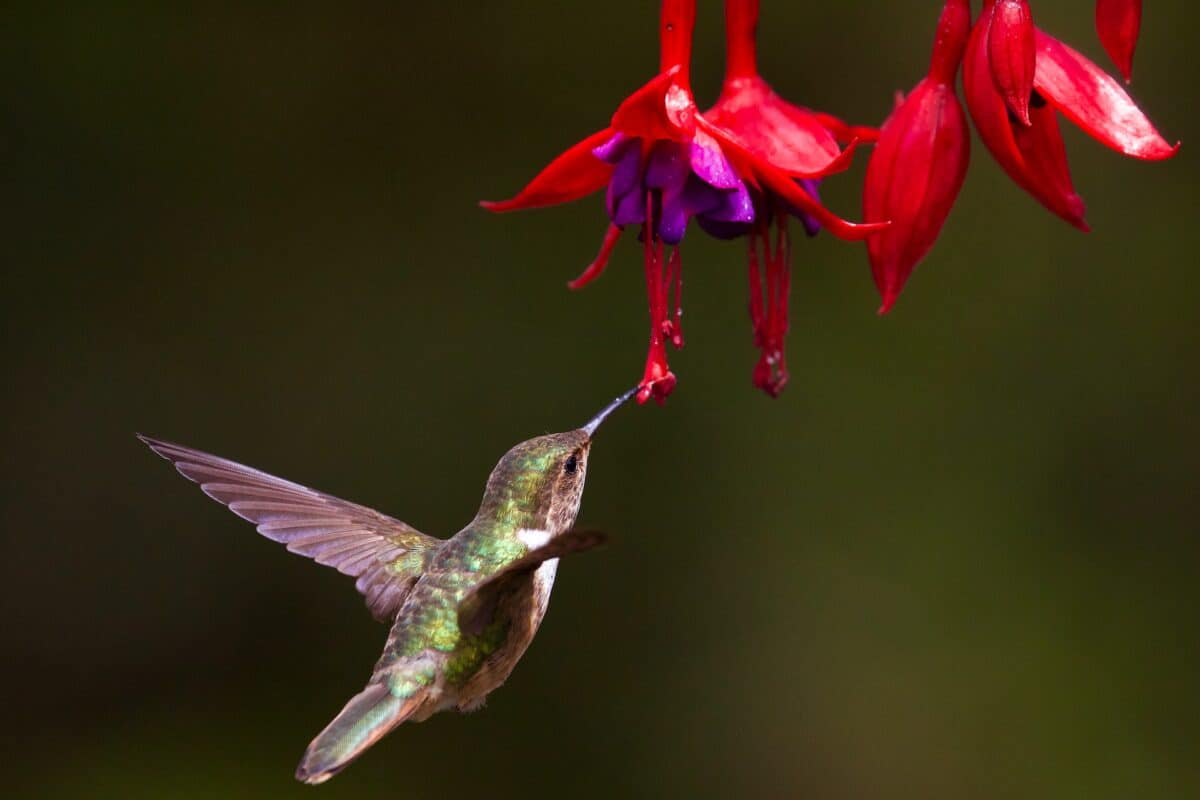
A small creature dwells in the fascinating world of birds, where brilliant colors and exquisite flight are abundant, that captures our hearts and defies our expectations. We’re talking about the fantastic bee hummingbird, the smallest bird in the world and a genuine marvel of the avian world.
In this blog article, we will dig into the intriguing world of the bee hummingbird and examine its extraordinary adaptations, distinctive traits, habitat, and behavior.
Key Points
- Bee Hummingbird is the smallest bird in the world, about the size of a bumblebee.
- It possesses special features such as rapid wing beats, aerial maneuvers, and long beaks for accessing nectar.
- Bee Hummingbirds are important pollinators, ensuring the survival and reproduction of plant species.
- Threats to their survival include habitat loss, climate change, pesticide usage, and non-native plant species.
- Conservation efforts, including habitat protection and sustainable agriculture methods, are crucial for their long-term survival.
A Quick Overview of the Bee Hummingbird
| Trait | Measurements |
|---|---|
| Weight | 0.07 ounces (2 grams) |
| Length | 2.25 inches (5.7 centimeters) |
| Diet | Nectar, small insects, spiders |
| Lifespan | 3-4 years (average) |
| Habitat | Forests, woodlands, coastal areas |
| Geographic Range | Cuba, Isle of Youth, surrounding Caribbean islands |
| Conservation Status | Near Threatened |
| Predators | Snakes, birds of prey |
| Breeding Season | March to July (rainy season) |
A type of hummingbird native to the stunning island of Cuba goes by the scientific name Mellisuga Helena. It is known as the bee hummingbird. This little bird was discovered in 1844 by German-Cuban naturalist Juan Cristóbal Gundlach, and it has since attracted the interest of both bird enthusiasts and researchers. The bee hummingbird symbolizes the delicate delicacy and elaborate design found in the natural world. It was named after Gundlach’s benefactor’s wife, Helen.
A bird that’s impressive for the opposite reason is the Emperor Penguin – uncover the largest colony of Emperors here.
Classification
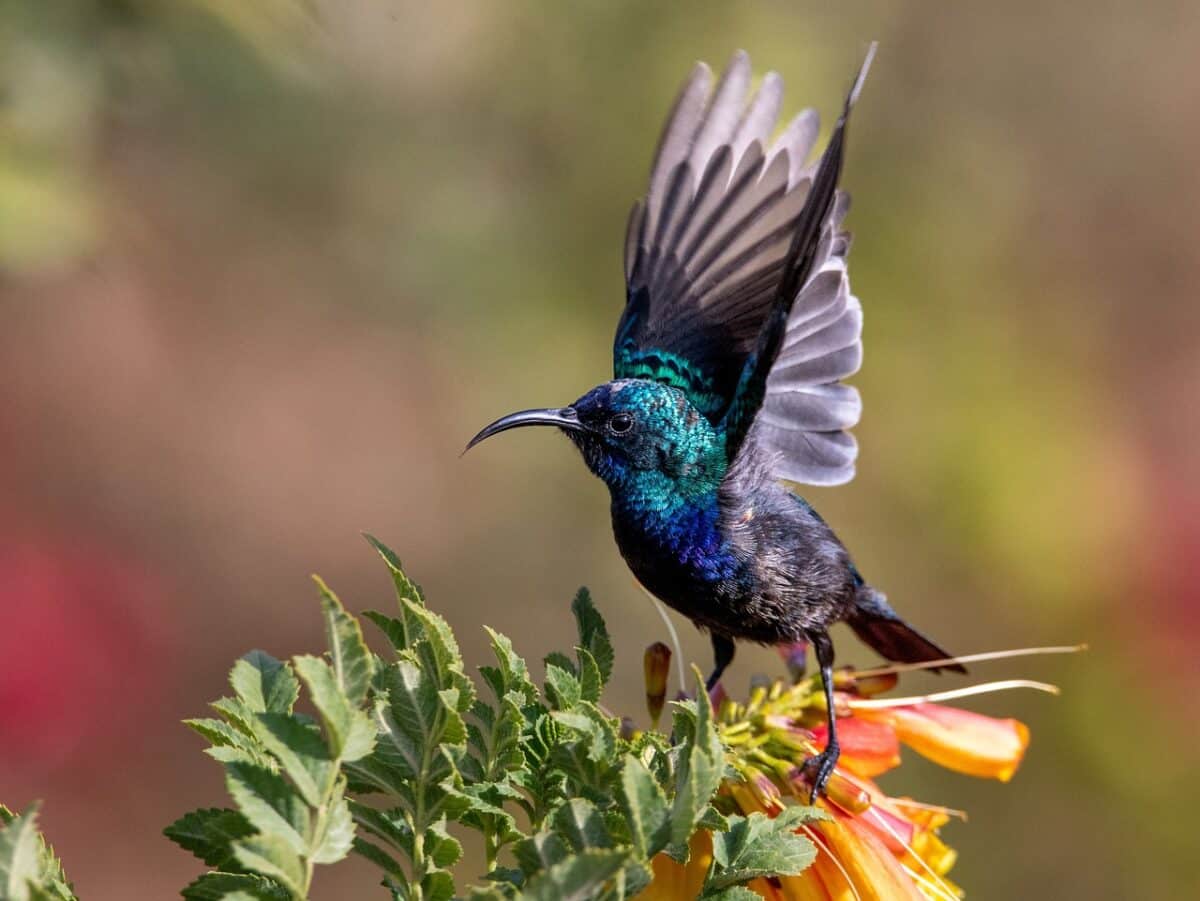
Scientifically known as Mellisuga helenae, the bee hummingbird is a member of the family Trochilidae, which includes all other hummingbird species. It belongs to a separate and distinct group within the hummingbird family because it is the only member of the genus Mellisuga.
The bird’s scientific name, Helena, honors John Eugene DuBois’s wife. This classification demonstrates the bee hummingbird’s unique position within the avian kingdom, exhibiting its unique traits and evolutionary background.
Body Composition of the Bee Hummingbird
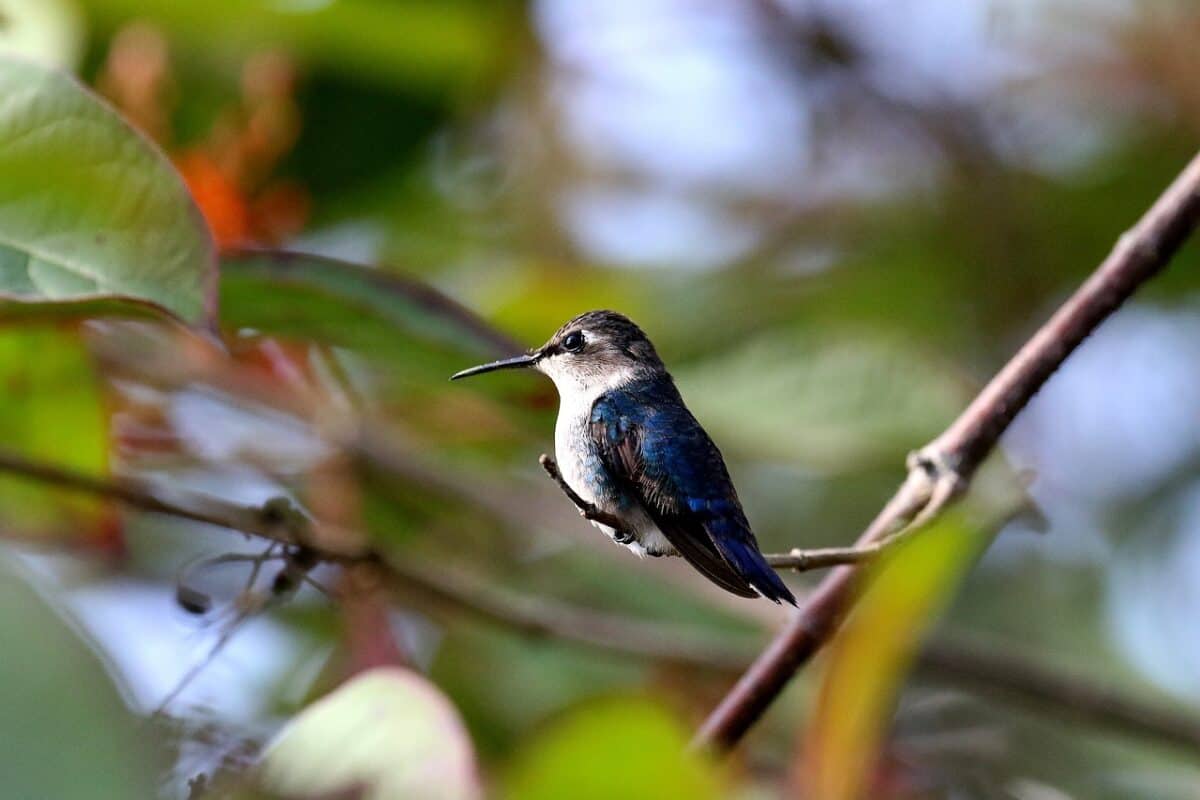
The smallest bird in the world is unbelievably tiny. In fact, it’s about the size of a typical bumblebee.
- Length: 2.25 inches (5.7 centimeters)
- Weight 0.07 ounces (2 grams)
There are noticeable morphological differences between males and females due to sexual dimorphism.
Males
- Head and throat have brilliant, iridescent plumage; colors include various tones of green, blue, and red.
- The vibrant hues are used in courtship rituals
Females
- Subdued plumage – White and gray tones dominate the color spectrum
- Disappear into the background to protect offspring and nests
Special Features
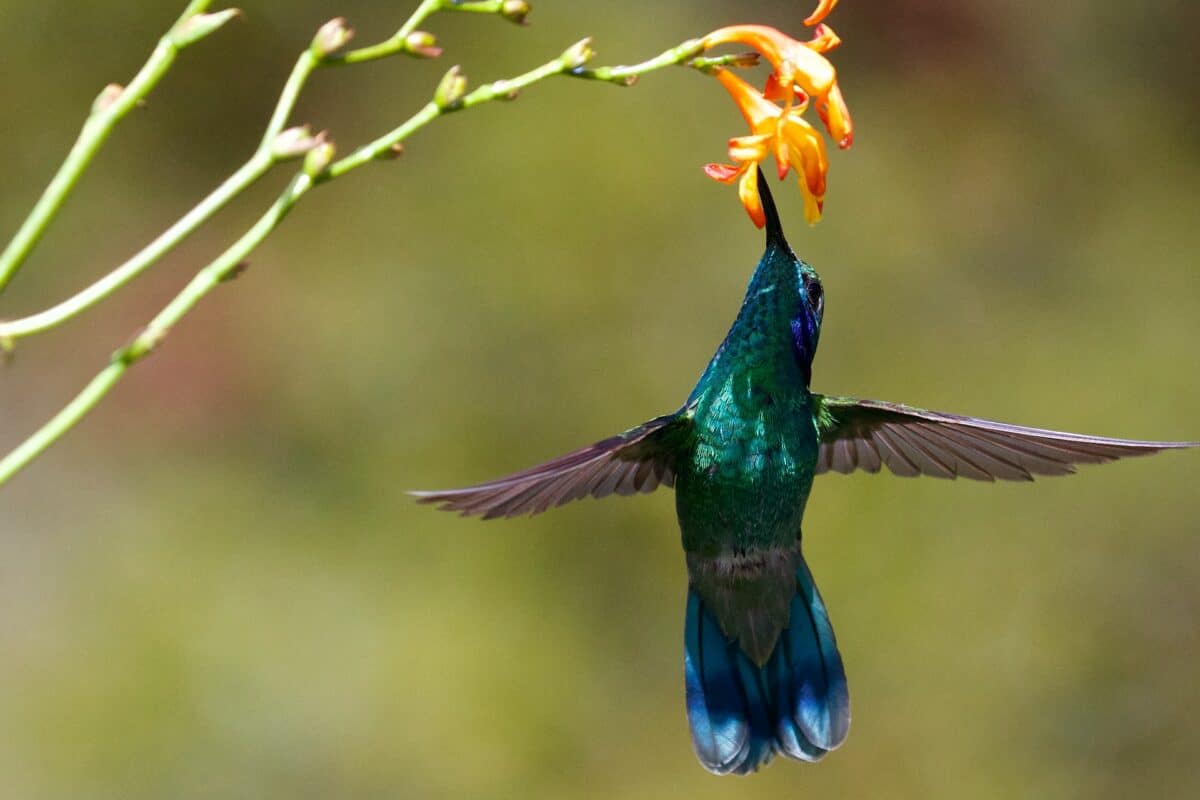
The bee hummingbird can float in midair while eating thanks to its rapid wing beats, reaching speeds of up to 80 beats per second. Its long, slender bills with specialized tongues for extracting nectar from flowers allow for deep flower penetration, giving birds access to nectar that other birds cannot.
Flight adaptations include:
- A quick and handy flight pattern
- Aerial tricks performed during courtship rituals
- High-pitched cries made during wooing gestures
- As they flit in the air, they appear ethereal
Behavioral Patterns of the Bee Hummingbird
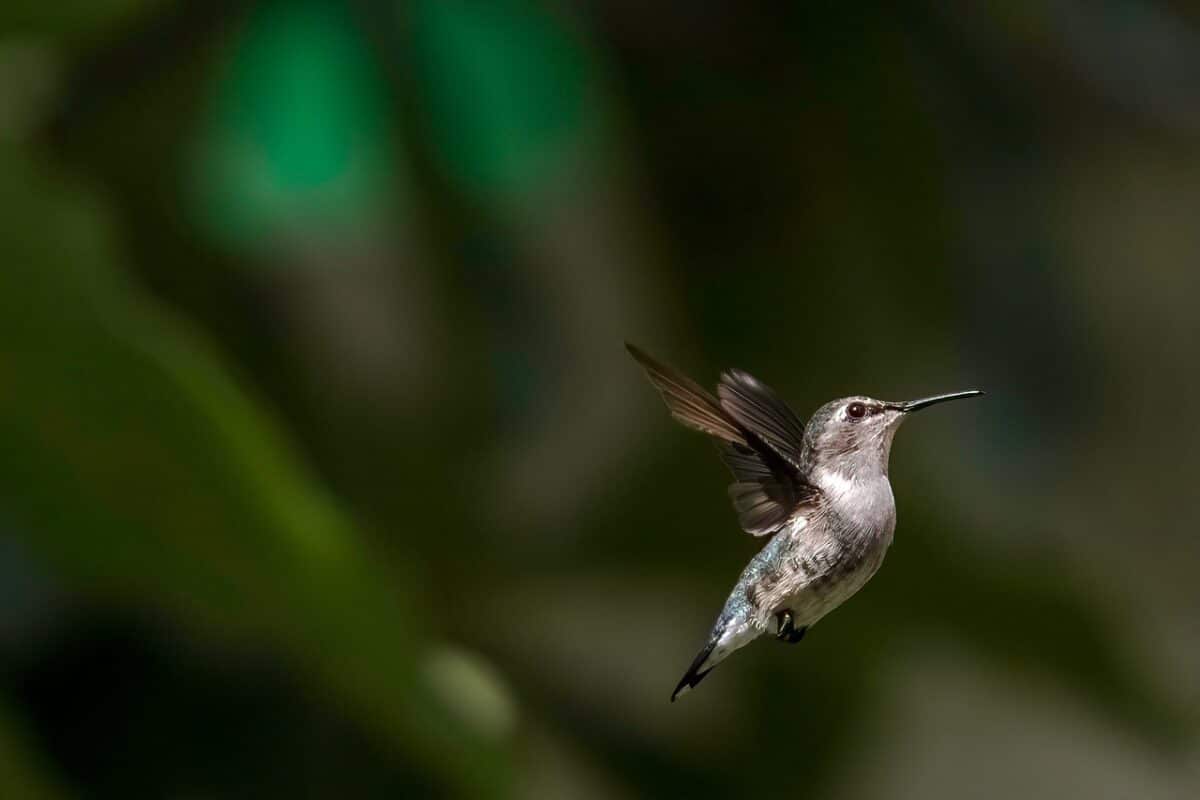
The bee hummingbird is mainly found in Cuba, the Isle of Youth, and surrounding Caribbean islands, particularly in tropical and subtropical climates. These birds do well in various settings, such as forests, woodlands, and coastal areas. They favor locations with many flowering plants and various nectar sources.
It is an active, vibrant bird. The bee hummingbird has fascinating behaviors that help it survive and reproduce – let’s take a look at some of them:
#1 Feeding Habits
The nectar of flowering plants is the primary source of nutrition for bee hummingbirds. They can hover in the air and get the rich nectar found inside flowers by rapidly beating their wings. Thanks to their long, narrow beaks and specialized tongues, they can reach and extract the sweet liquid. Above and beyond that, they also eat small insects and spiders, which are sources of vital proteins and nutrients in addition to nectar.
#2 Territoriality and Aggression
Male bee hummingbirds display intense territorial behavior throughout the breeding season. They create and adamantly defend feeding zones with abundant nectar resources. Aggressive displays, including aerial chases and vocalizations, increase their chances of attracting mates, which assist in warding off intruders and securing access to food supplies.
#3 Breeding and Courtship
Captivating courtship rituals are part of breeding behavior. Bee hummingbird males engage in elaborate aerial displays, flying in U formations and making high-pitched noises to entice females. These performances highlight their speed and colorful plumage, essentially proving how desirable they are. After luring her, the male engages in coordinated flights and quick descents close to the female. If it works, mating takes place.
#4 Nesting and Parental Care
Female bee hummingbirds use lichens, spider silk, and soft plant materials to build their nests. The nests, which are adaptable and disguised, are typically found on tree branches or other secure structures. After roughly two weeks, females care after and incubate the eggs. Until the young can feed themselves independently, they provide the chicks with a regurgitated mixture of nectar and insects.
#5 Migration
Long-distance migration is not a characteristic of bee hummingbirds, but some individuals may travel locally in response to shifts in food availability or breeding conditions. They typically spend the entire year in their favored environments.
The Bee Hummingbird’s Life Cycle and Reproduction
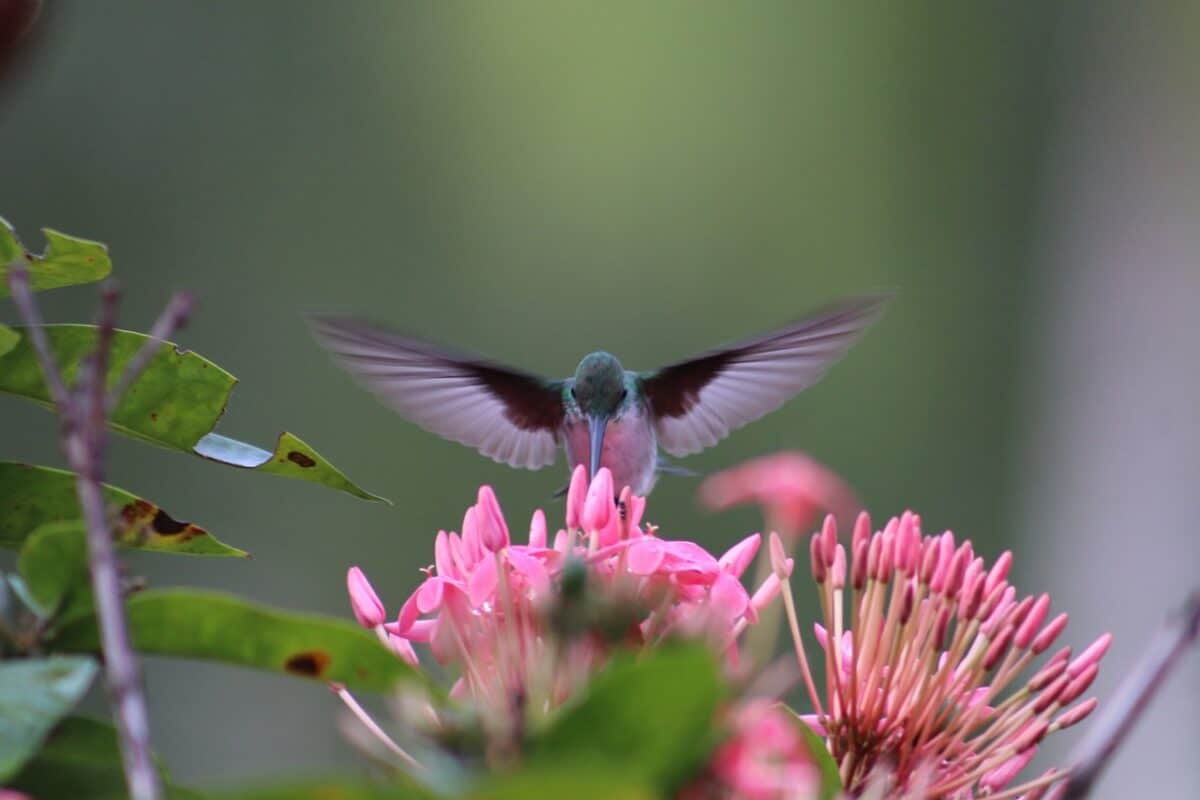
The intriguing behaviors and adaptations involved in the bee hummingbird’s reproductive and life cycle are necessary for successful breeding and the survival of their young.
Breeding Season
Bee hummingbirds lay their eggs between March and July, the rainy season. To entice females, males create territory rich in nectar supplies. They fascinate and captivate females with elaborate courtship displays that include aerial acrobatics, colorful plumage, and vocal prowess.
Mating and Fertilisation
The male’s sperm can be kept by the female to be used at a later time for egg fertilization. Small, cup-shaped nests are built by females in protected areas utilizing soft plant materials, lichens, and spider silk. The nests offer adaptability and concealment for safety.
Egg Laying
Females rarely leave the nest as they lay one to three tiny, spotted eggs and incubate them for 14 to 19 days.
Development of the Chick
Following incubation, the blind and naked chicks hatch, and both parents feed them a regurgitated mixture of nectar and insects.
Fledging and Independence
After three weeks, the chicks grow feathers, make a few brief flights, and still require parental care. As they grow independent, they spread out into the nearby ecosystem.
Lifespan
Bee hummingbirds can survive, on average, for three to four years, while some may live longer.
Have you ever wondered what bird is the longest-living species?
Environmental Importance of the Smallest Bird In the World
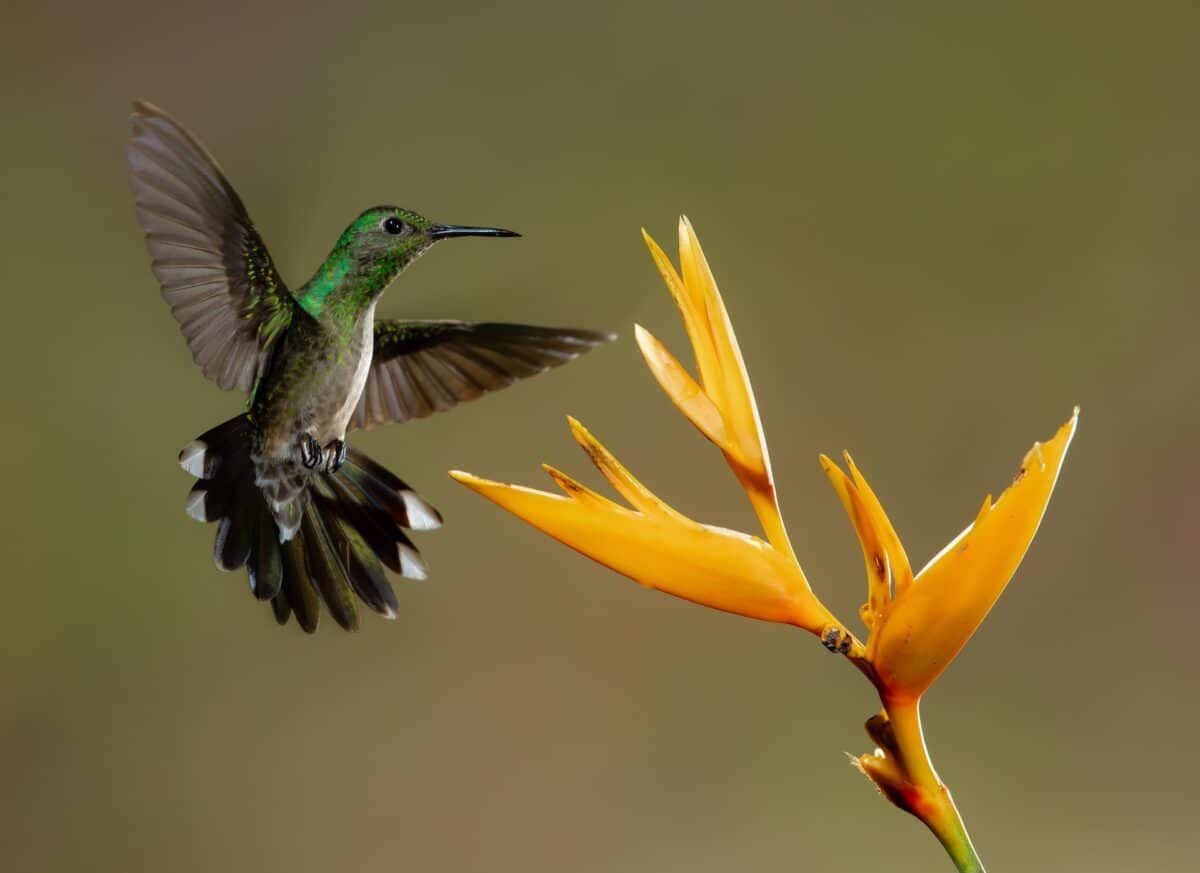
Due to its function as a primary pollinator, the bee hummingbird is extremely significant ecologically. It aids pollination by hovering between flowers, consuming nectar, and unintentionally spreading pollen. This crucial contribution ensures the survival and reproduction of various plant species in their ecosystem.
The variety and abundance of flowering plants could be seriously harmed without the bee hummingbird’s help in pollination. This little bird also functions as an important indicator species, demonstrating the stability and health of its ecosystem.
We can preserve the overall biodiversity and ecological balance of the areas the bee hummingbird dwells in by studying it and taking action to conserve its habitat.
Threats to the Smallest Bird In the World
The bee hummingbird is still thriving on the island of Cuba, but because of its limited population and constrained range, it is susceptible to several dangers. Due to human activities like deforestation and urban development, habitat loss and fragmentation severely threaten this species’ survival.
Climate change is a problem because it could upset the delicate balance of the bee hummingbird’s habitat due to rising temperatures and changing rainfall patterns. Pesticide usage and the introduction of non-native plant species can also affect nectar availability and interfere with bird foraging habits.
The bee hummingbird’s long-term survival depends on conservation initiatives. Measures that protect their habitat, encourage regeneration, and promote sustainable agriculture methods will lessen this fascinating species’ challenges and guarantee their survival in the future.
FAQs About the Smallest Bird In the World
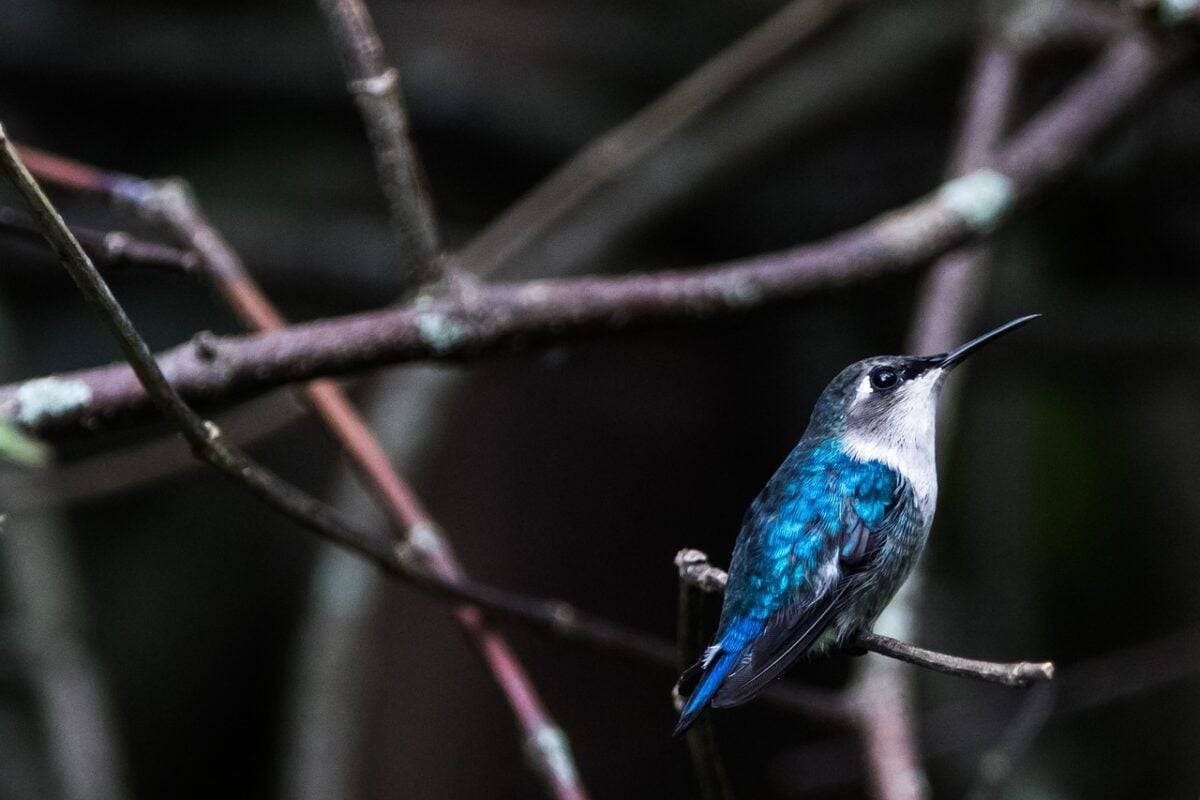
The Bee Hummingbird is called so because of its small size and its rapid wing beats, which resemble the buzzing sound of bees.
The locomotion of the Bee Hummingbird primarily involves hovering in mid-air using its rapidly flapping wings, allowing it to maintain a stationary position or move in any direction.
Hummingbirds move around by using their wings to hover, fly forward, backward, and even upside down. They are incredibly agile and can change direction swiftly due to their wing structure and flexibility.
The main threats to the Bee Hummingbird include habitat loss and fragmentation, climate change impacting their food sources and nesting habitats, predation by invasive species, and potential competition with other hummingbird species for resources.
The Smallest Bird In the World: Conclusion
In conclusion, the Bee Hummingbird, despite its small size, possesses impressive abilities that showcase its remarkable adaptation to its environment. From its rapid wing beats and hovering capabilities to its specialized beak for extracting nectar, this tiny bird defies expectations.
Beyond its individual characteristics, the Bee Hummingbird holds significant importance for ecosystems. As a primary pollinator, it plays a crucial role in ensuring the survival and reproduction of various plant species. Moreover, it serves as an indicator species, reflecting the overall health and stability of its habitat.
Protecting the habitat of the Bee Hummingbird is therefore of utmost importance to preserve biodiversity and maintain ecological balance. By taking conservation measures, we can secure the future of this remarkable species and safeguard the delicate ecosystems it inhabits.
Thank you for reading this article about the smallest bird in the world! Continue your flight within the avian world and take a look at our other bird content:
- Discover the Most Sociable and Communicative Species
- Why the Peregrine Falcon Is the Fastest Bird in the World
- The Heaviest Bird Capable of Flight
Join our Forum for free today!


